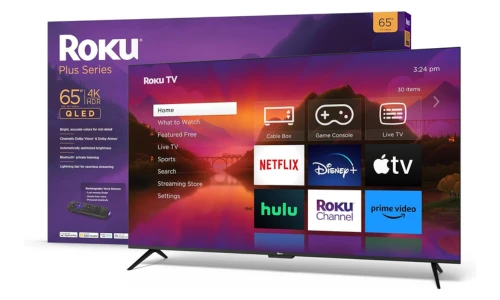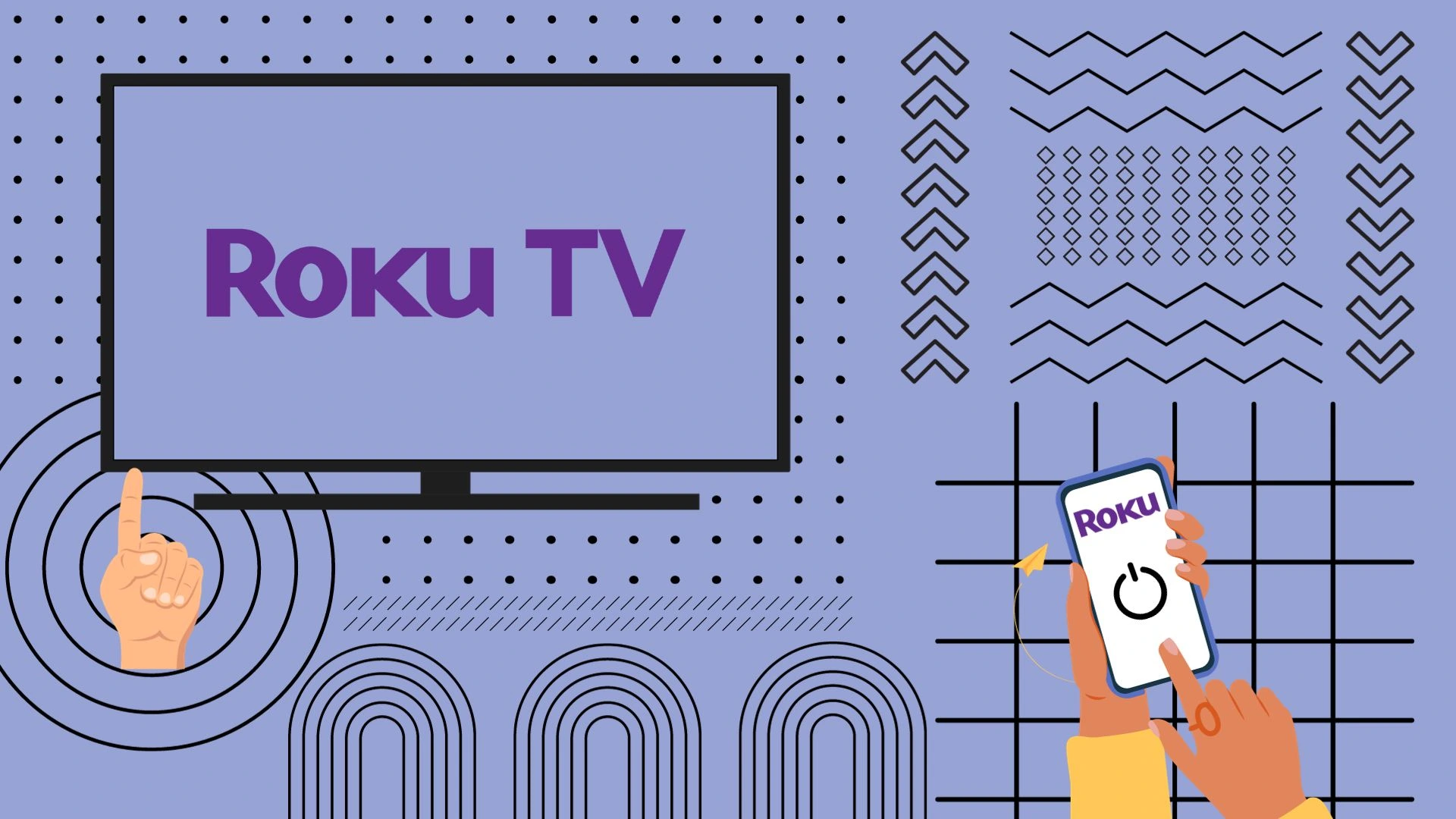With its vast user base, the Roku platform has been a pioneer in the industry. 2008, it introduced its first media player, which revolutionized how we watch online videos. As one of the first players in the smart TV market, Roku established a strong presence. The integration of Roku TV further expanded its reach, offering a unique user experience that was well-received by millions. You can find Roku OS in many TV models today, offering a seamless and user-friendly interface.
History of Roku TV OS, the first TV with Roku TV
In 2013, Roku made a significant move by partnering with renowned Chinese manufacturers TCL and Hisense. This collaboration led to the launch of TVs with the Roku operating system in the fall of 2014, a decision met with great enthusiasm. The first TV to feature the Roku TV operating system was the TCL 40FS4610R, marking the beginning of a successful journey. The positive response from customers further encouraged the company to promote the implementation of Roku TV OS. This strategic decision has paid off, with numerous brands now offering TVs with Roku TV, and the number of models available is already in the hundreds.
Roku TV OS Features
Roku TV OS is Roku’s Linux-based product. It has also been adapted to work more in a virtual software environment than in a hardware environment. This allows TVs to receive regular OS version updates, not just patches. Your TV will quickly receive updates from OS Roku TV 11 to OS Roku TV 12. Therefore, for the user, it does not matter which version of the OS is installed on the TV; if you find the channel you want in the Roku library, you can watch it. However, if you’re wondering what versions of Roku TV OS are out there, here’s a list of Roku TV OS by year.
Roku TV OS list by year

Here’s the full list of Roku OS releases and version fixes. Like any Roku operating system for TVs, it is being improved, new features are added, and bugs are eliminated. If you are wondering why there are so many patches for each version of the OS, then most likely it is due to the large number of hardware manufacturers and the need to eliminate compatibility errors that arise.
| Roku TV OS Version | Year |
|---|---|
| Roku TV OS 5.0 | June 5, 2013 |
| Roku OS 5.1 | August 5, 2013 |
| Roku OS 5.2 | October 8, 2013 |
| Roku OS 5.3 | December 17, 2013 |
| Roku OS 5.4 | April 14, 2014 |
| Roku TV OS 6.1 | December 4, 2014 |
| Roku OS 6.2 | April 9, 2015 |
| Roku TV OS 7.0 | November 6, 2015 |
| Roku OS 7.1 | April 5, 2016 |
| Roku OS 7.2 | June 21, 2016 |
| Roku OS 7.5 | November 1, 2016 |
| Roku OS 7.6 | April 11, 2017 |
| Roku OS 7.7 | June 20, 2017 |
| Roku TV OS 8 | October 2, 2017 |
| Roku OS 8.1 | May 1, 2018 |
| Roku OS 8.2 | September 26, 2018 |
| Roku TV OS 9 | October 23, 2018 |
| Roku OS 9.1 | April 9, 2019 |
| Roku OS 9.2 | September 24, 2019 |
| Roku OS 9.3 | April 7, 2020 |
| Roku OS 9.4 | September 29, 2020 |
| Roku TV OS 10.0 | April 13, 2021 |
| Roku OS 10.5 | September 20, 2021 |
| Roku TV OS 11.0 | March 22, 2022 |
| Roku OS 11.5 | September 12, 2022 |
| Roku TV OS 12.0 | March 8, 2023 |
| Roku OS 12.5 | September 12, 2023 |
| Roku TV OS 13.0 | 2024 |
Version 5.0 was taken as the basis for integrating the OS with the TV. Since TCL and Hisense are contract manufacturers, although they have their own brands, the core of their business is OEM. And the OEM business works in a special way; it takes time to prepare any TV model; At the beginning of the year, production volumes and various nuances are agreed upon, so the release of new TVs usually occurs at the end of the third and beginning of the 4th quarter. Therefore, the first TVs were released with the 6th generation Roku TV.




